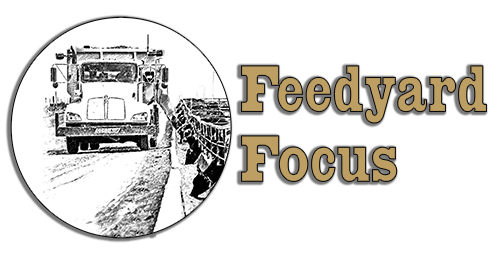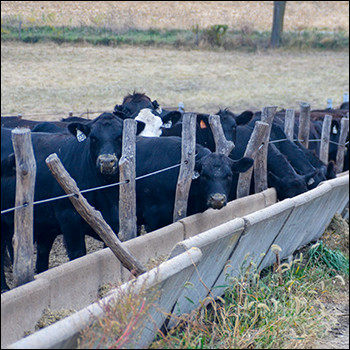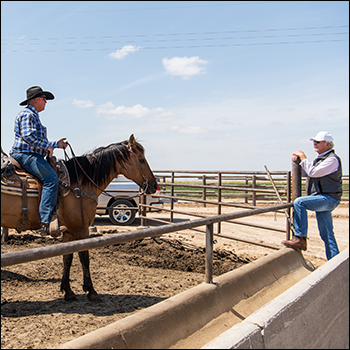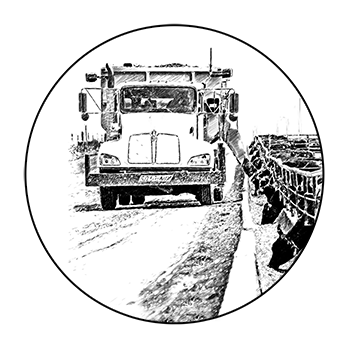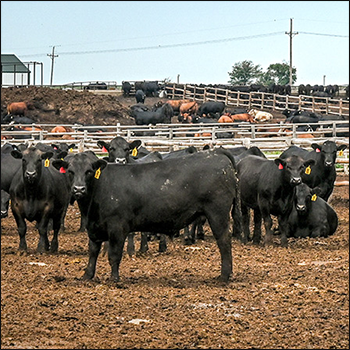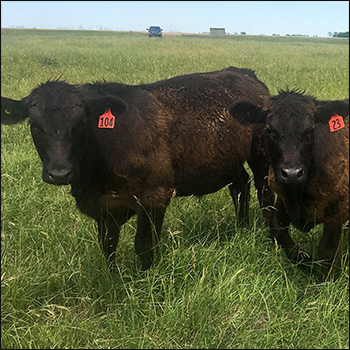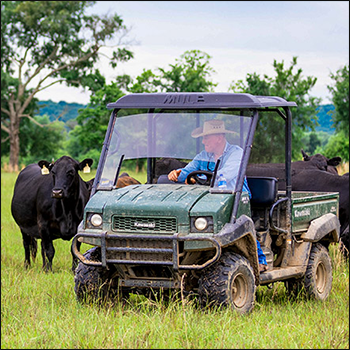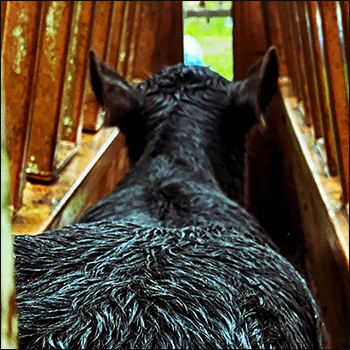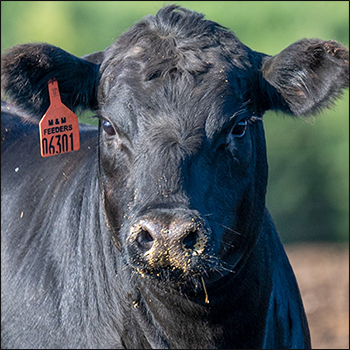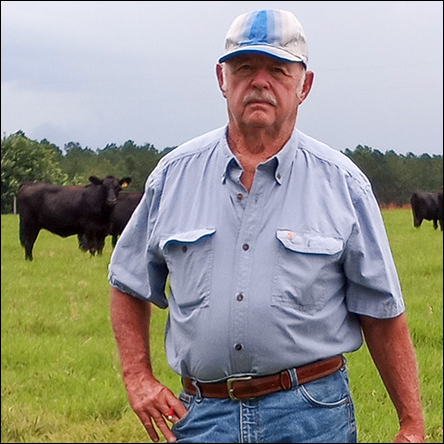In the Cattle Markets
Weather is affecting fall run.
The fall run of calves is here, and effects of weather conditions are being seen. Larger volumes of smaller animals are being marketed in northern and western regions of the country. These are areas most affected by drought and with limited forage. Marketings in the South and East have been slower as, with the exception of high temperatures, weather conditions have been more favorable for animal growth. Weather is and will clearly play a role as to the timing and availability of calf numbers.
It will also affect the distribution of calf weights. There is the potential for an interesting dynamic between regional calf marketings and weights. The resulting placement into feedlots may bunch marketing of fed animals well into next year. There are also interesting opportunities for retaining calves across the different regions. All are worth following.
Weather is also affecting availability of heifers. There is modest evidence of heifers being sold into the meat supply chain, as opposed to being used as replacements for the beef production system. This is especially the case in the North and West. Whereas in the South and East there is very modest evidence — supported by discussions with producers — about retaining and actual purchasing of heifers. The regional dynamics will likely play out well into next year, as the late summer saw only some drought relief for the Southern Plains and Desert Southwest.
A study of the Drought Monitor, Agricultural Marketing Service (AMS) feeder market information, and a variety of regional hay prices tells the story. D3 (extreme drought) and D4 (exceptional drought) conditions extend across the Northern Plains and Mountain West. The National Feeder and Stocker Cattle Summary — released weekly — communicates some of the subtlety of the regional dynamics.
Year-on-year comparison is problematic around holiday weeks, but the general trends come through in the late-summer reports. The feed market reenforces this assessment. Cornstalks at $100 per ton in September is not a good sign for cow-calf producers, and there are a few places where this is happening. California and Oregon hay prices are more than $200 per ton for what is traded, with some approaching $300 per ton.
Prices decline moving east and south, with many markets with cow hay well below $100 per ton. Colorado appears to be on a bit of a dividing line in terms of price — West Slope prices are strong relative to Eastern Plains — and there is considerable interest, demand and volumes traded compared with availability. The weather outlook offers no clear relief.
Editor’s note: Stephen Koontz is a professor in the Department of Agricultural and Resource Economics at Colorado State University.
